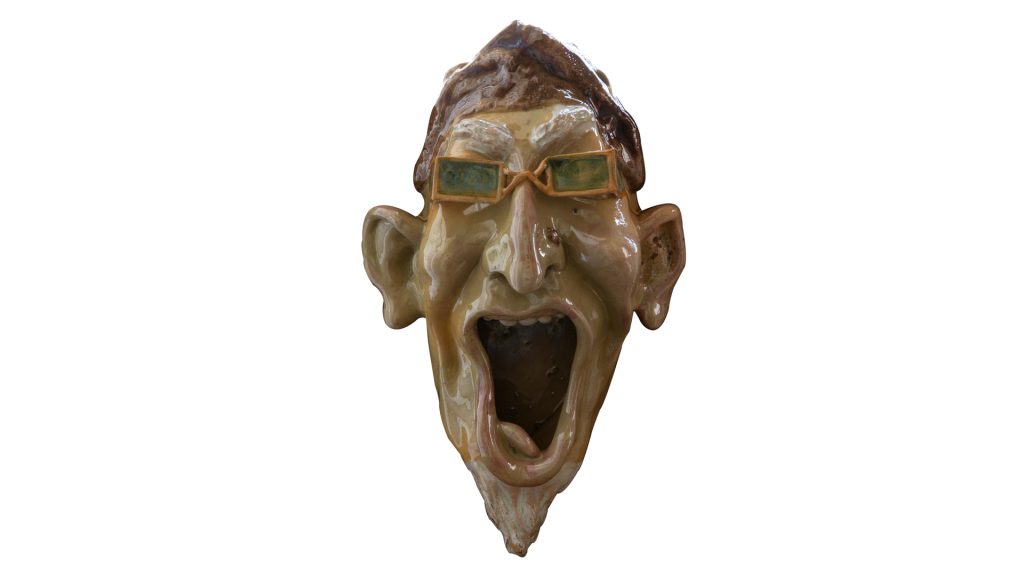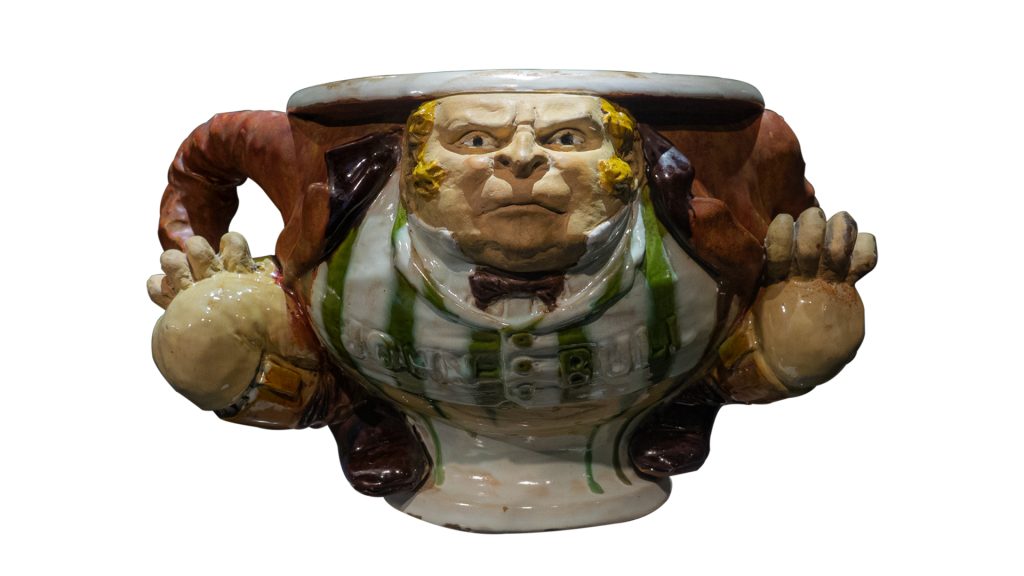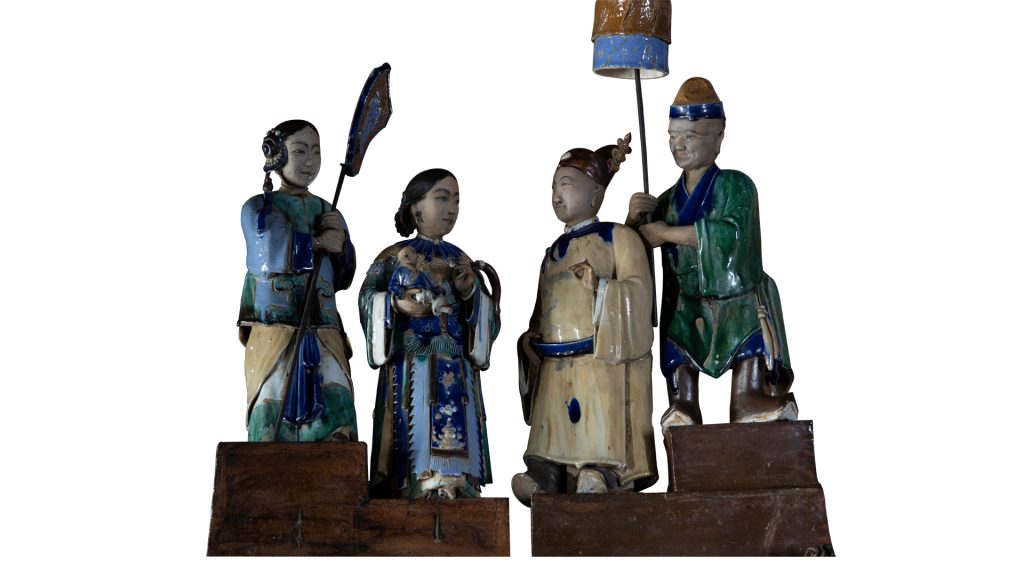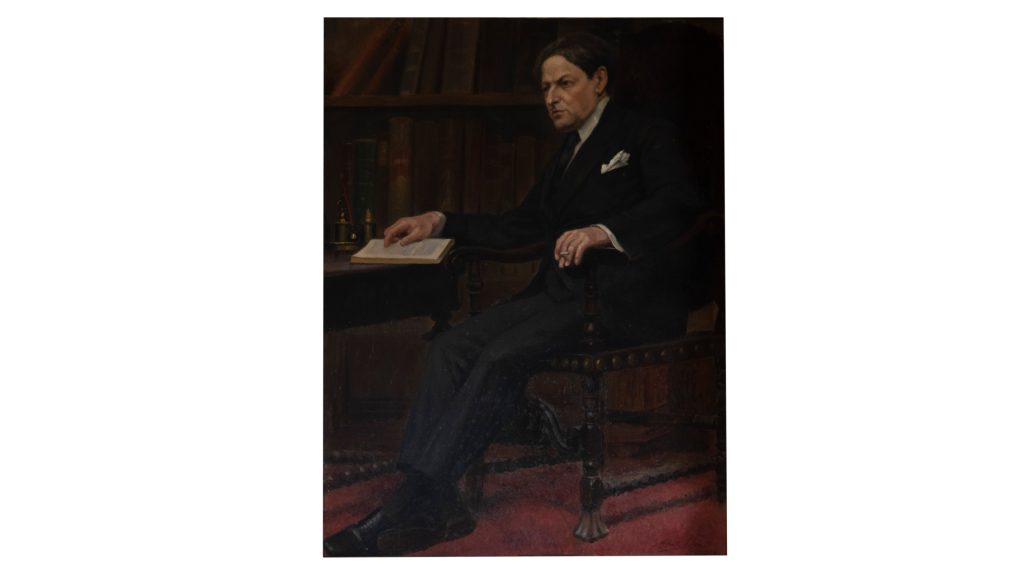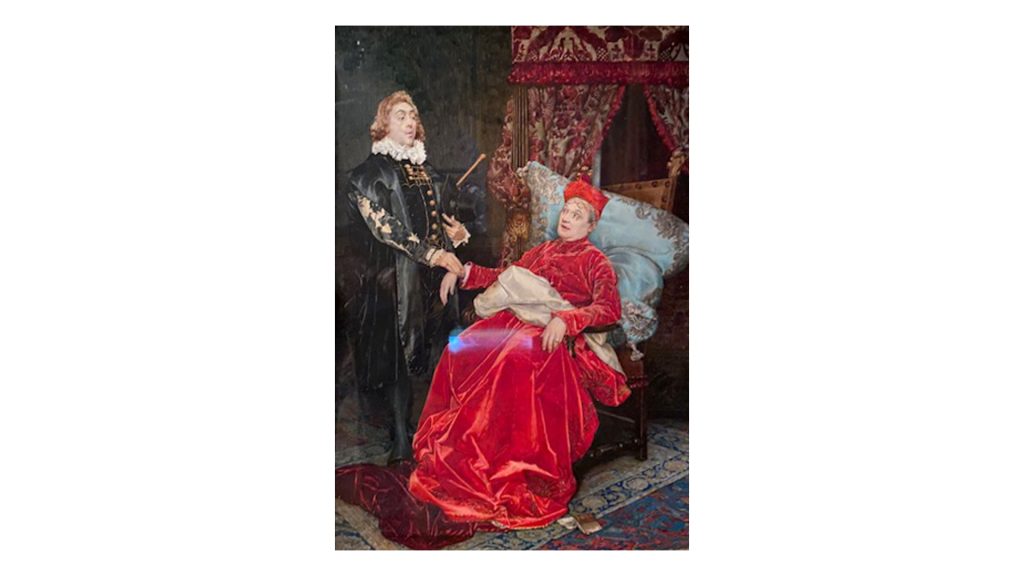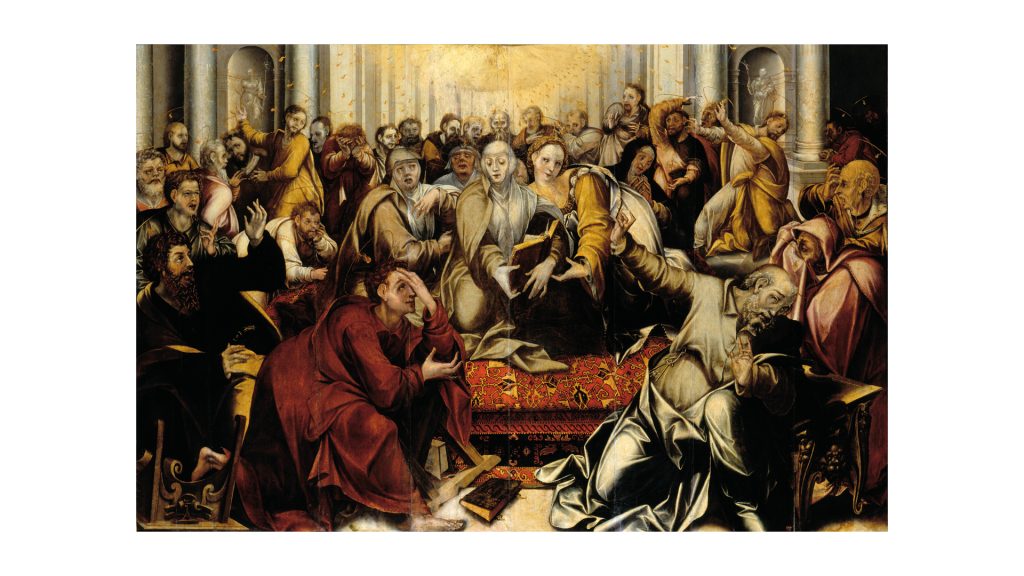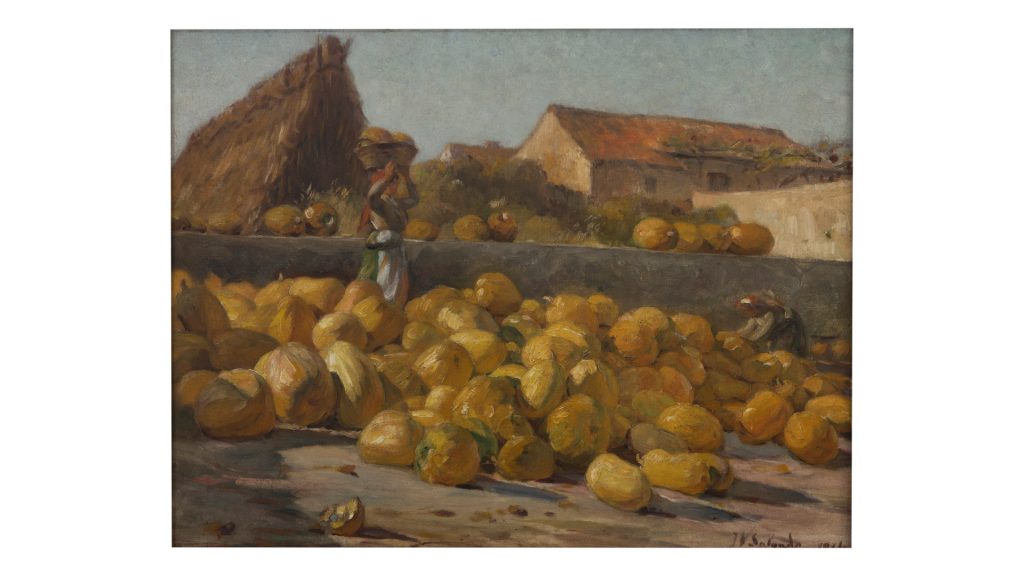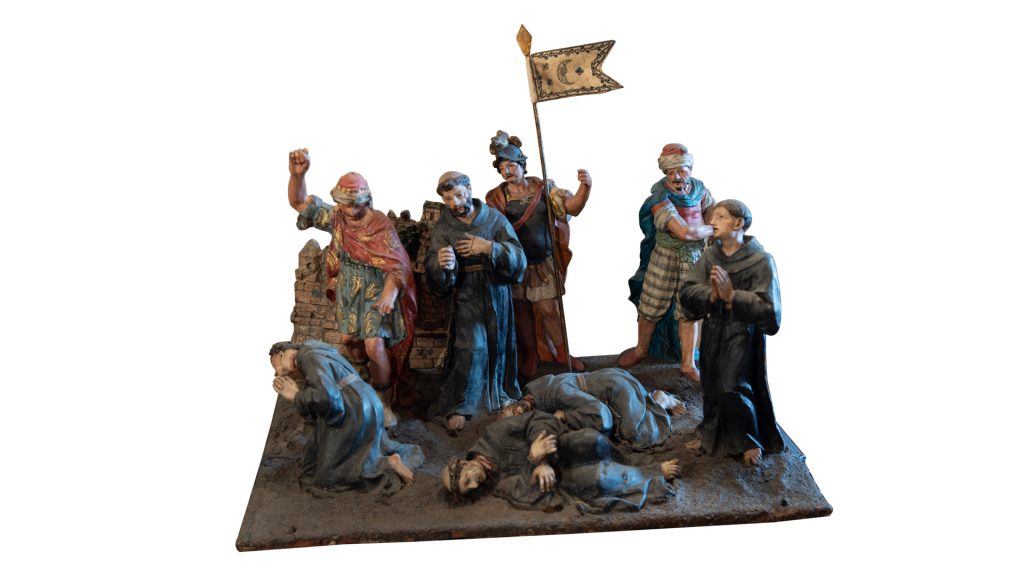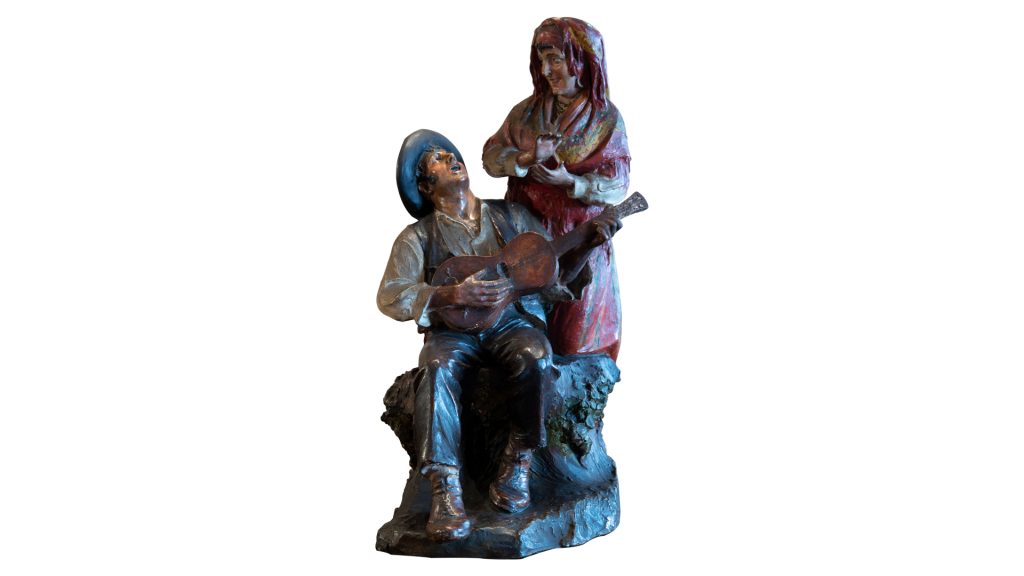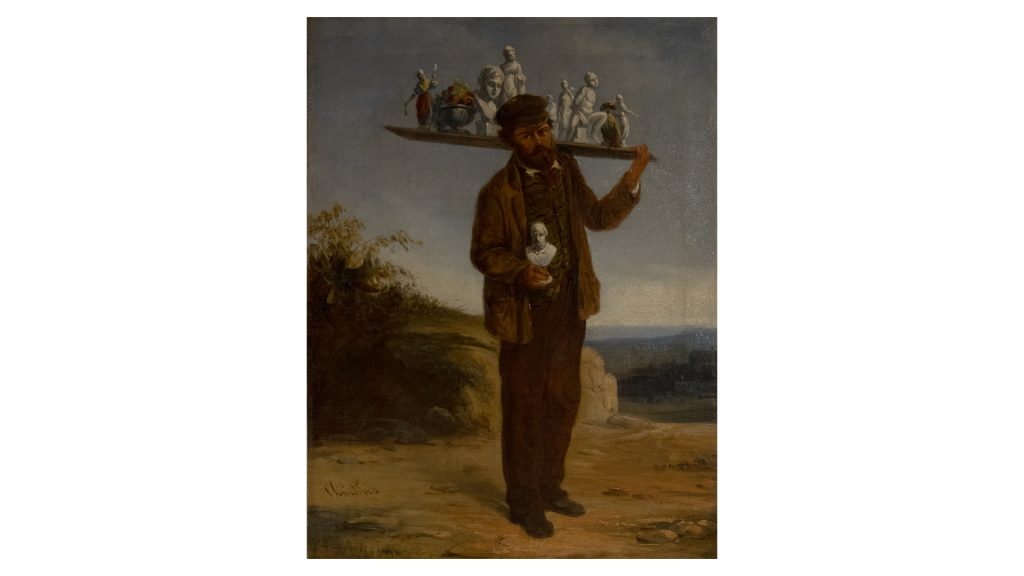
João Cristino da Silva (1829 – 1877)
1866 (?)
Oil on canvas
Inventory sheet
This was presented for the first time in 1866 at the exhibition of the Sociedade Promotora das Belas Artes as exhibit No. 23 and entitled Compra Garibaldi! (Buy Garibaldi!). It was shown again the following year at the same society, as well as at the Paris Exhibition.
This is not a common theme in Portuguese painting, in contrast to European painting in general, since these travelling salesmen of plaster statuettes, most of whom were of Italian origin, immigrated to countries such as France, Austria, Switzerland and England.
The figure depicted on this small canvas, whose clothing suggests he is Italian, is carrying, rather precariously, a board on his shoulder on which he displays a series of plaster and ceramic pieces ready to be sold. In his right hand, he holds a bust of Garibaldi, identical to the many others produced in homage to the Italian hero, encouraging its purchase. This painting is exhibited at the Soares dos Reis National Museum.

